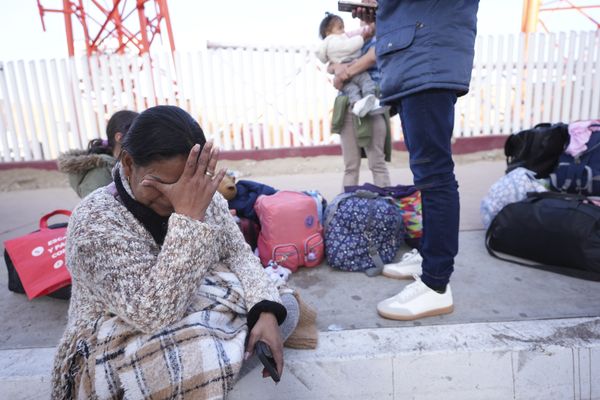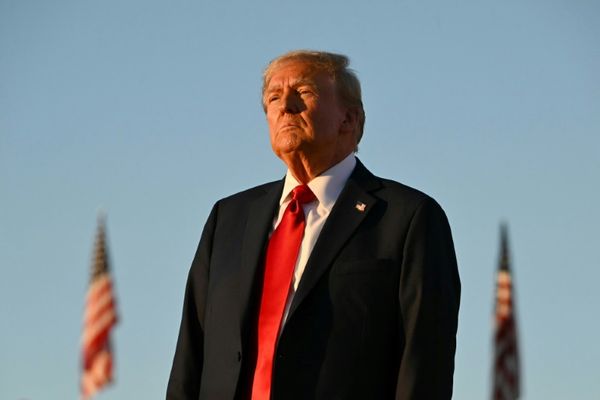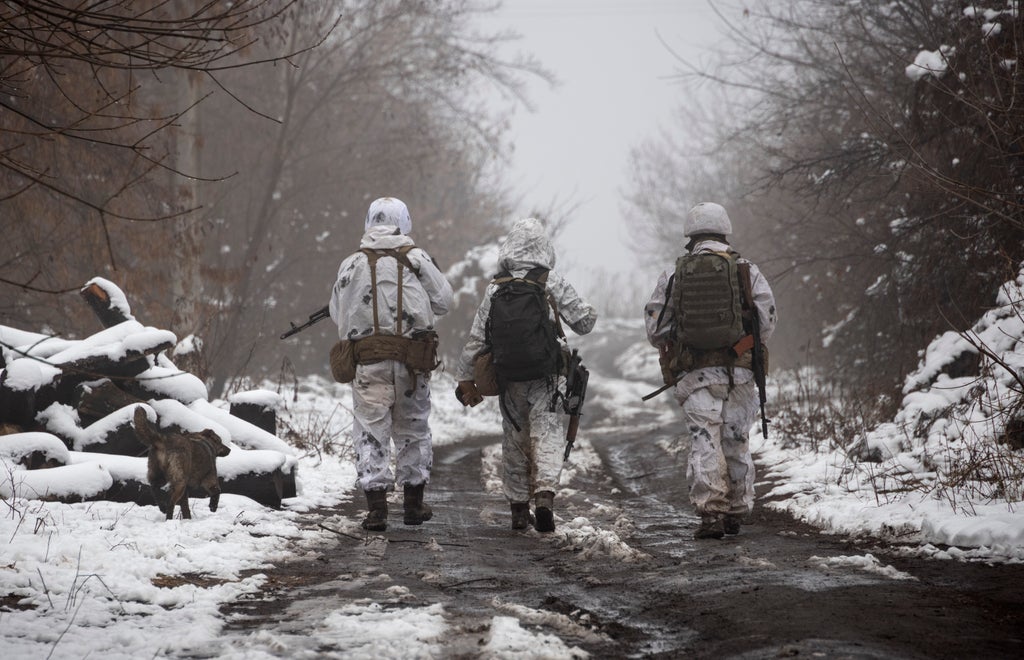
Russia has finally launched its long-feared “full-scale invasion” of Ukraine after Vladimir Putin announced a “special military operation” in a televised address to his citizens in the early hours of Thursday morning.
Explosions were reported soon afterwards on the outskirts of the cities of Kharkiv, Kramatorsk, Mariupol, as well as the capital Kyiv, prompting many Ukrainians to form queues at supermarkets, ATMs and petrol stations in preparation for weathering the siege or attempting to flee.
Ukraine’s airports have been shut down temporarily and secured against potential Russian aircraft landings while Russia has closed its own airspace around the border to civilian access for the next four months.
Ukrainian president Volodymyr Zelensky said his government is introducing martial law in all territories of the state and urged citizens to stay at home as much as possible.
Over the weekend, heavy airstrikes and fierce fighting on the ground continued across the cities of northern and eastern Ukrainian as the courageous local resistance at street level continued to prove far tougher than Russia had expected.
Mr Putin meanwhile placed Russian nuclear forces on “high alert” over what he considered to be “aggressive statements” from Nato ahead of peace talks set to take place on the Belarussian border and as the value of the ruble sank to a historic low on world markets in response to western sanctions.
US president Joe Biden, UK prime minister Boris Johnson and UN secretary general Antonio Guterres have joined other global powers in condemning Moscow’s “unprovoked and unjustified” attack and promised to hold it “accountable”, with the Western powers subsequently introducing another round of tough economic sanctions against Russian banks and businesses.
Tensions in Eastern Europe escalated last week when Mr Putin moved to officially recognise the pro-Russian breakaway regions of the Donetsk People’s Republic (DPR) and Luhansk People’s Republic (LPR) as independent states, enabling him to move military resources into those areas in anticipation of the coming assault under the guise of extending protection to allies.
That development meant months of frantic diplomatic negotiations pursued by the likes of US secretary of state Antony Blinken, French president Emmanuel Macron, German chancellor Olaf Scholz and UK foreign secretary Liz Truss in the hoping of averting calamity had ultimately come to nothing.
So what are the key issues behind the conflict, where did it all begin and how might the crisis unfold?
How did the crisis start?
Going back eight years gives the current crisis more context.
Russia annexed Ukraine’s Crimean Peninsula in 2014 after the country’s Moscow-friendly president Viktor Yanukovych was driven from power by mass protests.
Weeks later, Russia threw its weight behind a separatist insurgency that broke out in Ukraine’s east, which eventually saw the pro-Russian rebels declare the DPR and LPR independent states, although they previously went entirely unacknowledged by the international community.
More than 14,000 people have died in the fighting that has been ongoing throughout the intervening years and which has devastated Ukraine’s eastern industrial heartland.
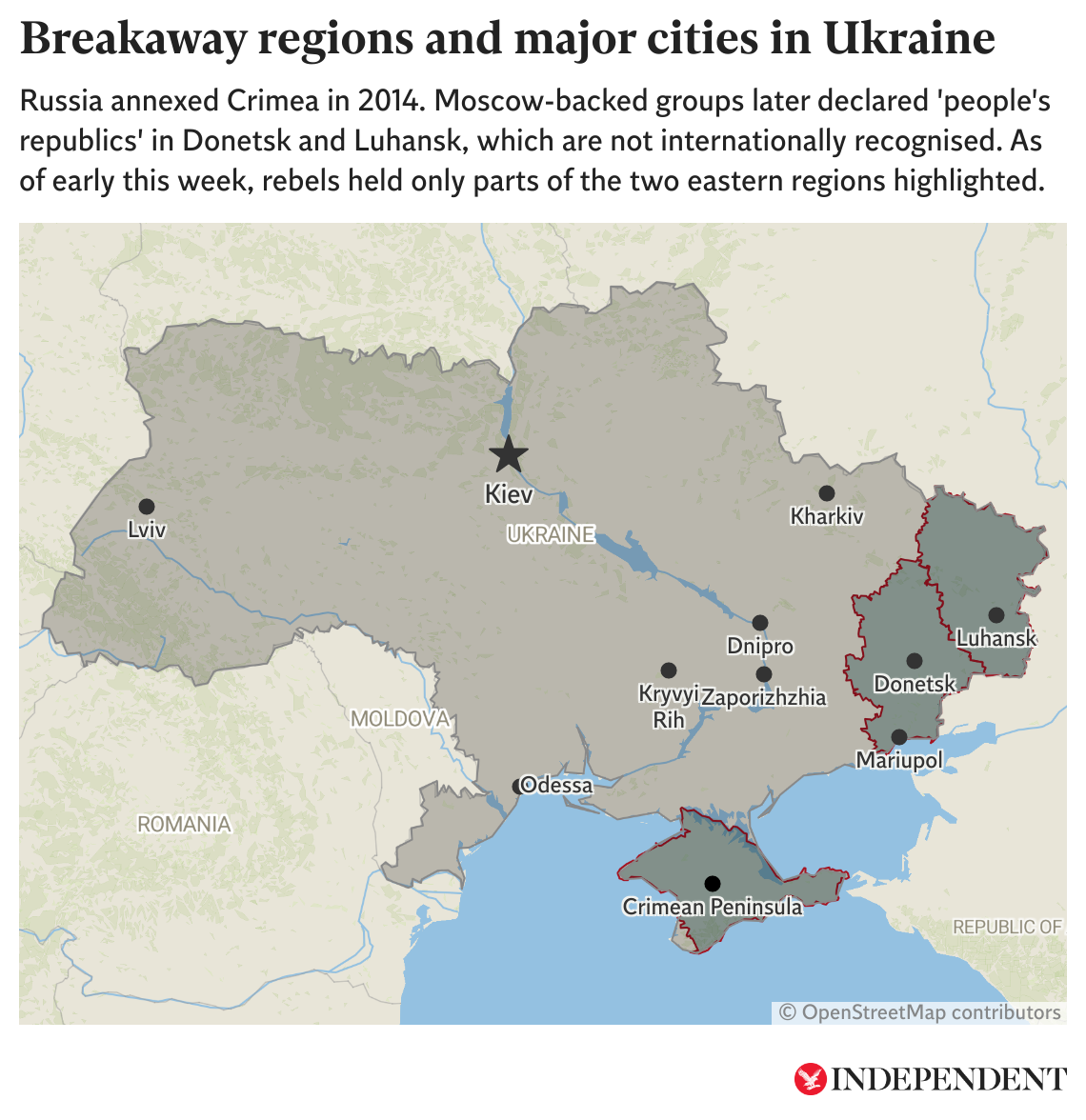
Both Ukraine and the West have accused Russia of sending troops and weapons to back the rebels but Moscow has denied the allegations, stating that Russians who joined the separatists did so voluntarily.
A 2015 peace accord – the Minsk II agreement – was brokered by France and Germany to help end the large-scale battles. The 13-point agreement obliged Ukraine to offer autonomy to separatist regions and amnesty for the rebels while Ukraine would regain full control of its border with Russia in the rebel-held territories.
The agreement is highly complex, however, because Moscow continues to insist it has not been a party in the conflict and is therefore not bound by its terms.
In point 10 of the agreement, there is a call for the withdrawal of all foreign armed formations and military equipment from the disputed DPR and LPR. Ukraine says this refers to forces from Russia but Moscow has previously denied it has any troops in those states.
Last year, a spike in ceasefire violations in the east and a Russian troop concentration near Ukraine fuelled fears that a new war was about to erupt but tensions abated when Moscow pulled back the bulk of its forces after manoeuvres in April.
How is the situation at present?
In early December 2021, US intelligence officials determined that Russia was planning to deploy as many as 175,000 troops near Ukraine’s border in preparation for a possible invasion that they believed could begin in early 2022.
Kyiv had complained in December that Moscow had placed over 90,000 troops near the two countries’ border, warning that “large scale escalation” was possible in January.
Additionally, the commander-in-chief of the Ukrainian armed forces said Russia has about 2,100 military personnel in Ukraine’s rebel-controlled east and that Russian officers hold all commanding positions in the separatist forces.
Moscow had earlier repeatedly denied the presence of its troops in eastern Ukraine, not providing any details about its military numbers and locations, saying that their deployment on its own territory should not concern anyone.
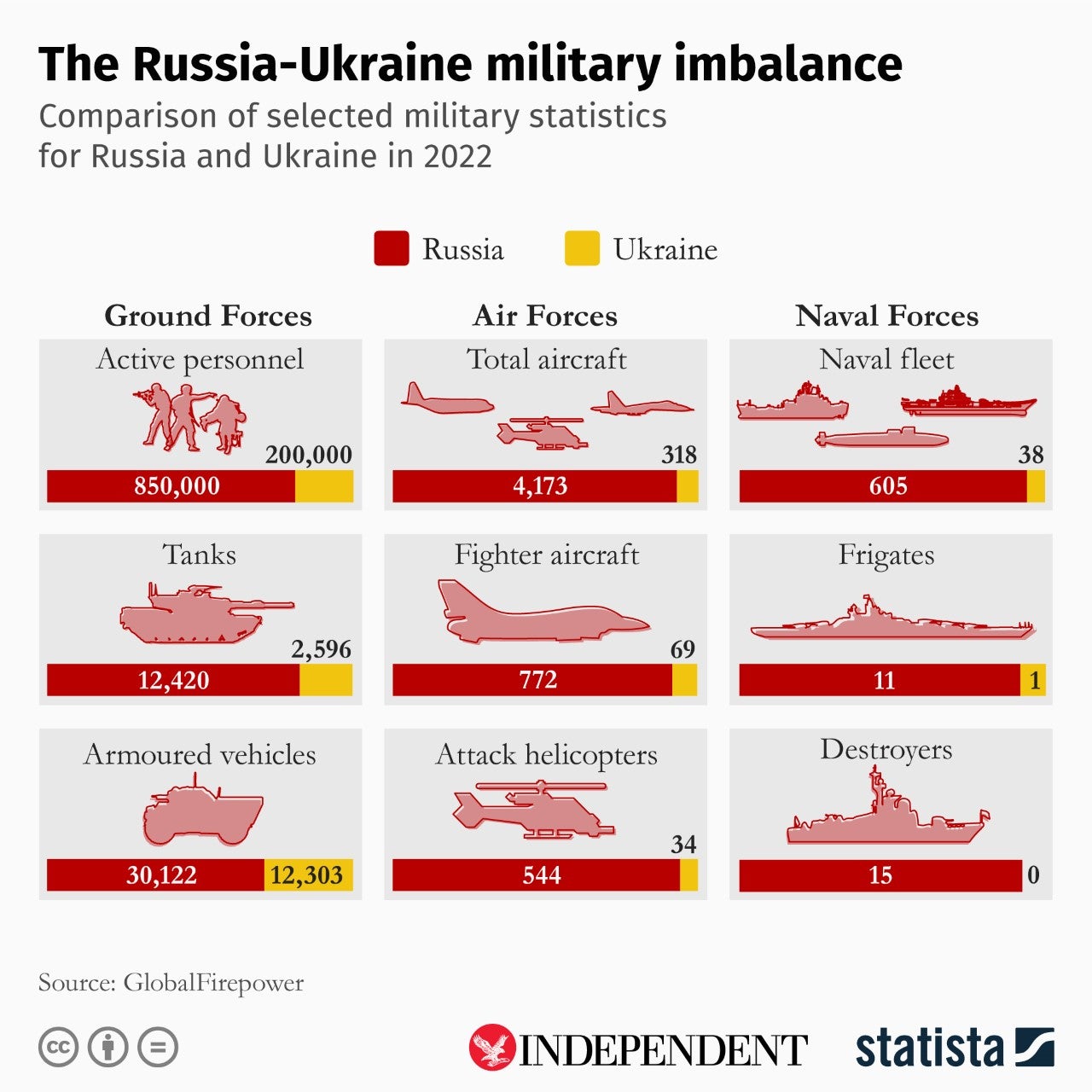
Meanwhile, Russia has accused Ukraine of breaching Minsk II and has criticised the West for failing to encourage Ukrainian compliance.
Amid the acrimony, Mr Putin has rejected a four-way meeting with Ukraine, France and Germany, saying it is useless in light of Ukraine’s refusal to abide by the 2015 pact.
Moscow has also strongly criticised the US and its Nato allies for providing Ukraine with weapons and holding joint drills, saying that this encourages Ukrainian hawks to try to regain the rebel-held areas by force.
Mr Putin is known to deeply resent what he considers to be the Western military alliance’s gradual shift east since the collapse of the Soviet Union in 1989 and is determined to block Ukraine being granted access.
What might happen next?
With Mr Putin’s announcement of his “special military operation” and subsequent ground reports of explosions and gunfire resounding across Ukraine, the worst case scenario has now been realised.
The Kremlin had previously routinely denied that it had any plans to invade, claims that few believed – with good reason.
Even after the Russian president’s latest announcement, a Russian envoy to the UN denied that Moscow had any grievance with the Ukrainian people, whom he insisted would not be targeted, merely those in power.
Western leaders, united in condemnation, will now likely move to toughen sanctions against Mr Putin’s regime, effectively rendering Russia a pariah state on the world stage.
Mr Biden moved to assure the international community that Russia would be held accountable for its actions.
“Russia alone is responsible for the death and destruction this attack will bring, and the United States and its Allies and partners will respond in a united and decisive way,” he said in a statement.
The sanctions so far unveiled by the West, including steps taken to hinder Russian banks and wealthy plutocrats from doing business abroad and the blocking of regulatory approval for the lucrative Nord Stream 2 natural gas pipeline, have been criticised as inadequate and senior Russia officials like Dmitry Medvedev and Sergey Lavrov have shrugged them off with a smirk.

